COMING SOON – BLACK STARS OF THE INTERNATIONAL LEAGUE
1988 Syracuse Stars – Fleet Walker (top left), Robert Higgins (bottom left).
Formal establishment of the color line in baseball began in 1887, with the focus on the International League. Three black stars of that league – Bud Fowler (recently inducted into the Hall of Fame) and left-handed pitchers George Stovey and Robert Higgins – soon will be joining the Classic (career-rated) player pool.
They are just three of over 300 players soon to be added, including Cy Young award winners Felix Hernandez and Rick Porcello and MVP award winners Albert Pujols, Buster Posey and Ryan Braun.
SINGLE-SEASON GAME NOVICES & HESITANTS LEAGUE
For those who are new to Diamond Mind Online, and for those veterans of the Classic (career-rated) player game who have been hesitant to venture into single-season (SSG) play, Imagine Sports insider Charles (Seawolf) Wolfson has created the SSG Novice & Hesitants League.
Seawolf, who, amongst other things, is the author of the Tipping Point columns in this newsletter, will be on hand to answer questions and offer guidance on the league’s message board.
1947 REVISITED
Periodically, single seasons from the PC game (which are utilized in the online version of the game) are upgraded. “Deluxe” versions of PC seasons include:
- thousands of player ratings that you can see: injury, bunting, range, running, throwing, and so on
- thousands more player ratings that you can’t see: the event tables and pitch-by-pitch ratings that make the game produce accurate results
- opening day rosters for every team, plus all real-life transactions throughout the season
- manager profiles for every team, including starting rotations, bullpen roles, saved lineups, depth charts, manager and player tendencies
- ballpark data, including dimensions, park factors, and weather ratings
- the original (as-scheduled) and as-played schedules for the season
- real-life starting lineups for every game played this season
More than just an update to the original version, the “deluxed” season has been recreated from scratch, using new tools and all of the latest statistical data from the most complete and up-to-date sources.
A deluxe version of the historic 1947 season has recently been introduced for the PC game. This means, in the near future, that the all-new version of this season will replace the original edition currently in use in the online game.
The complete season record of lineups and transactions provided with deluxe seasons enables PC gamers to replay past seasons as they actually occurred. They can do so on a “solitaire” basis, pitting their skills managing one team of their choice against the other teams in the league being run by the computer manager. This solitaire season replay capability is one that we have begun the work of adapting to online play!
BEFORE THERE WAS OHTANI
Babe Ruth began his major league career in 1914 as a precocious 19-year-old lefthanded pitcher. From 1915-18, he won 78 games, and across the 1916 and 1918 World Series registered three more wins and 29-2/3 consecutive scoreless innings of pitching, a record that would stand for 43 years.
Of course, Ruth is known more for his prodigious slugging than his pitching prowess, but it was not until May 6, 1918, that he started his first game other than as a pitcher. However, once inserted in the Red Sox starting lineup, he quickly rebelled against continuing to take a regular turn in the pitching rotation as well.
For intervals during the latter half of 1918 and 1919 when WWI enlistments and/or injuries left the Red Sox short of starting pitching, Ruth did agree to return to pitching, as well as playing the outfield, but apart from those intervals, his transition from pitcher to outfielder was complete. He never played a complete season doing both.
But what if the “Ohtani rule” had been in effect in his time? Could he have been dominant both as a hitter and pitcher season after season? Ohtani’s own injury history suggests that, consistent with Ruth’s complaints in 1918, the strain of doing both may not be sustainable.
But that did not stop the Babe from leading the Anibal Sanchez League, in which the Ohtani Rule was in effect, in both Wins and HR for elysianfields’s Owl Fuzz Balls, leading the Fuzz Balls to a World Series championship in the process.
CUSTOM LEAGUES KINGS
This month we’re visiting with Chip (bigchip0) Lefebvre, the current commissioner of the long-running Blue Meanies leagues.
Click here to read Lefebvre’s feature here.
THE TIPPING POINT
Each month we’ll offer a few tips in this space that may come in handy for the beginner as well as the experienced team owner.
One of many popular formats for Custom Leagues is the low cap league. Many team owners enjoy the challenge of putting together a team on a shoestring budget, and seeing less accomplished players return to starting roles they filled in real life with little distinction.
There are a small number of players in the single-season (SSG) player pool with salaries at or near the minimum who are rated as Vg fielders at their position and Ex bunt for hit. For the most part, these players hit poorly in a relatively small number of plate appearances (PA).
When a player exhausts their playing time limit, or PTL (110% of their real-life PA), they (in SSG parlance) “turn into a pumpkin”. This means, for batters, that their hitting is reduced to below replacement level for their position. However, other aspects of their performance (fielding, running, throwing) are unaffected.
So, suppose you put, say, ’11 Jarrod Dyson (53 PA, .205/.227/.535) or ’27 Adam Comorosky (68 PA, .230/.246/.512) – both minimum salary Vg CF, Ex bunt for hit – in your starting lineup and set their bunt for hit to most frequent. And when their PTL was exhausted, you continued to play them. Could they actually outperform their real-life stats and/or below replacement level post-PTL ratings?
I asked the creator of Diamond Mind Online (DMO), Tom Tippett, this question, and here is what he had to say (keep in mind that the DMO sim is pitch-by-pitch, not PA-by-PA):
It’s really hard to put concrete numbers on this, but I can tell you a few things that might help.
The maximum frequency for an Ex bunter with the most frequent setting is a little less than 1 attempt per 3 plate appearances. But that almost certainly overstates the max attempt rate because (a) the hitter only gets the ball in play about half the time on a bunt for hit attempt, (b) the attempt rate goes way down if there’s 1 or 2 strikes on the batter, as would be the case whenever the first attempt of a PA is taken for a strike or fouled off, and (c) the attempt rate goes down in many game situations, such as the batting team being down by more than a run or two or when there are one or two outs in the inning.
The maximum success rate for an Ex bunter is about 40% against average defenses. That’s based on real-life data. I’ve seen a good number of Ex bunters produce a batting average above .400 on their bunt for hit attempts in the years for which we have good data.
It’s conceivable that a poor hitter could exceed his real-life stats via bunt-for-hit attempts. It would take a bunch of work to figure out how likely that is, so for now I’ll just work through an example and give you some rough estimates.
Suppose someone went 3 for 20 in real life for a .150 average. In the sim, they might try to bunt for a hit in 6 of those PA, but they’re likely to get the bunt down only once or twice. Maybe they get 1 or 2 bunt hits in those 6 attempts. If it’s 1, that’s not enough to increase their batting average for the season by a measurable amount. If it’s 2, it could take them from 3 for 20 to 4 for 20, giving them a .200 average on the season. By the way, it’s also possible that one or two of those 3 real-life hits were on bunts, but the sim has no way of knowing that.
The part of the sim engine that resolves bunt-for-hit attempts doesn’t make any adjustment for players who are over their playing time limits. Playing time penalties are applied only when the batter is swinging away.


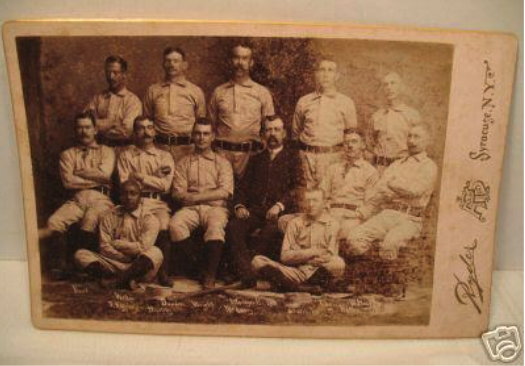
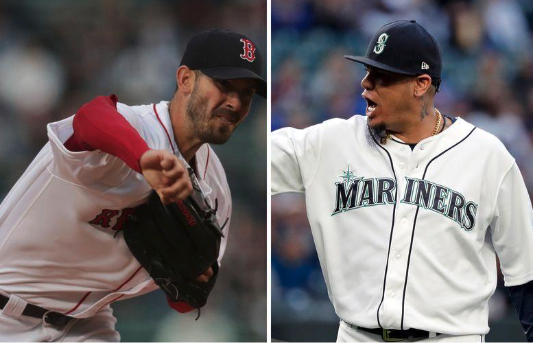
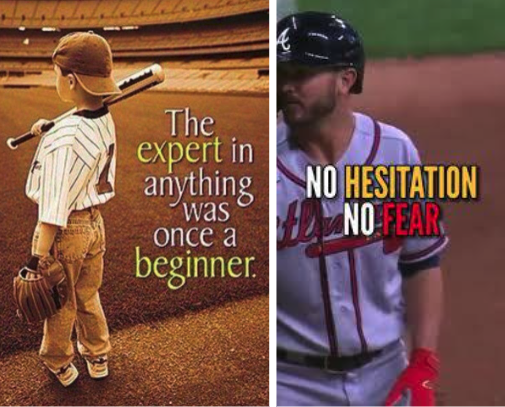

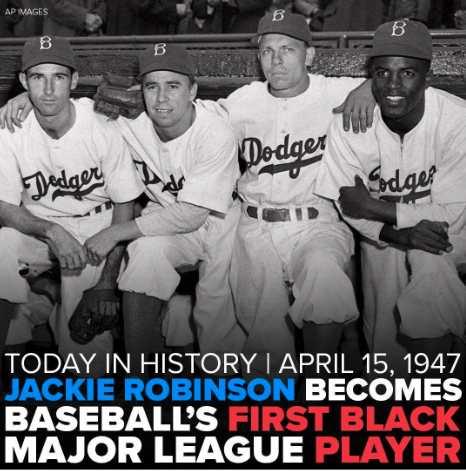
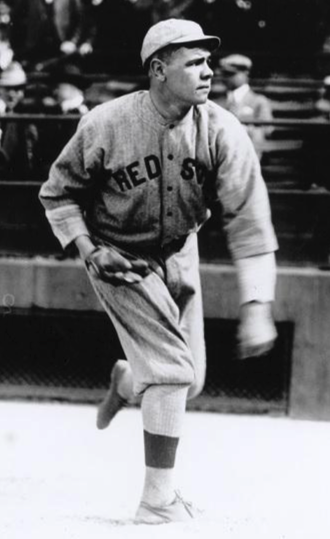
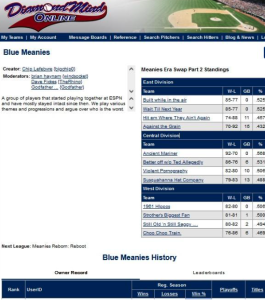
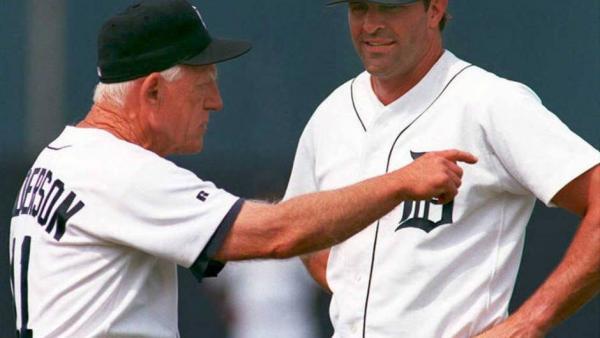
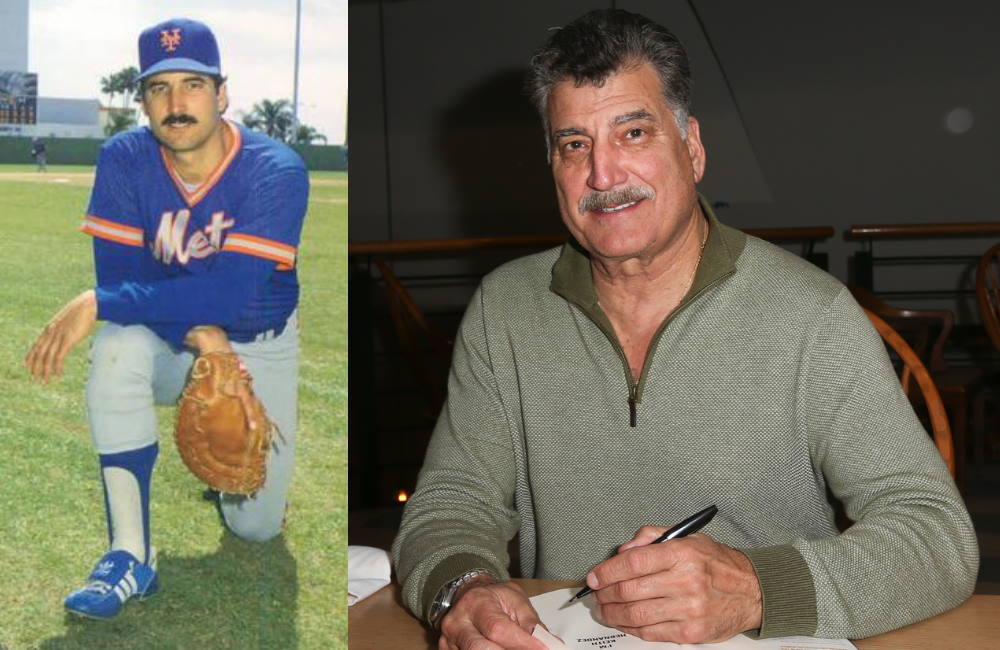

Leave A Comment